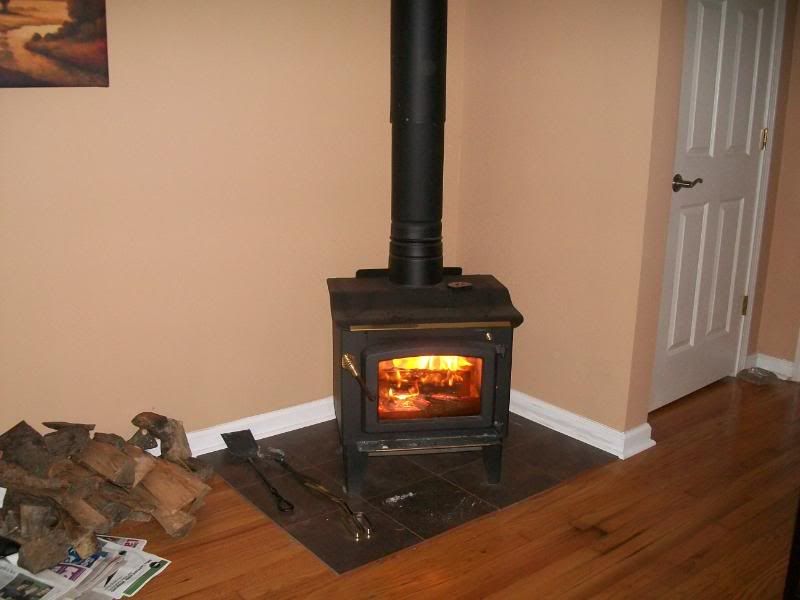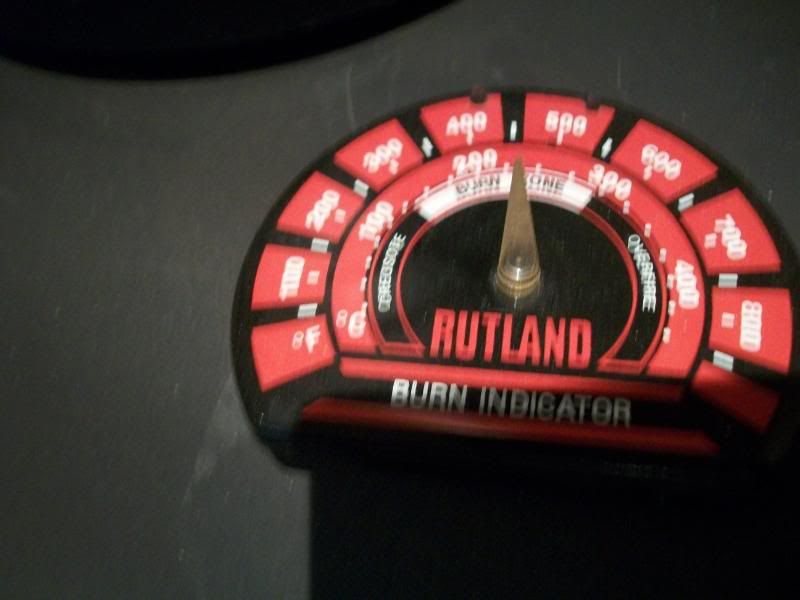Cambium
ArboristSite Guru
My double insulated flu is not magnetic. So I placed the thermometer on top of the stove.
How do I get an accurate reading because to warm the rooms this thermometer shows I need it near 450 degrees which is still inside the "Burn Zone" but I'm worried it's actually to hot for the flu! Any suggestions or comments?


How do I get an accurate reading because to warm the rooms this thermometer shows I need it near 450 degrees which is still inside the "Burn Zone" but I'm worried it's actually to hot for the flu! Any suggestions or comments?

























































